Presto PC on sale
2ajsmama
10 years ago
Related Stories

HOME TECHTurn 'Obsolete' Tech Into Fun Home Help
Here's how to put your old Mac, Atari or Newton to work around the house
Full Story
BUDGET DECORATINGBudget Decorator: A Most Affordable Gallery Wall
Need to fill a wall on the cheap? See how to make use of something pretty cool you may already have
Full Story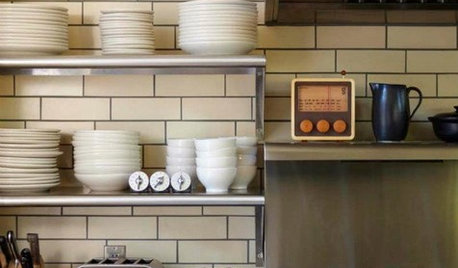
KITCHEN DESIGNCreate Your Own Checklist for a Well-Stocked Kitchen
Personalize the kitchen with your own must-haves from our list of top cooking tools, small appliances, pots, pans and more
Full Story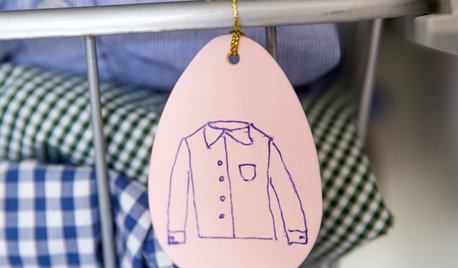
ORGANIZINGDecluttering Ideas From Around the World
Home organizers share their tips on how to think and live more clearly
Full Story
FURNITURE10 Secrets of Successful Secondhand Furniture Shopping
Design professionals offer tips on how, where and what to buy
Full Story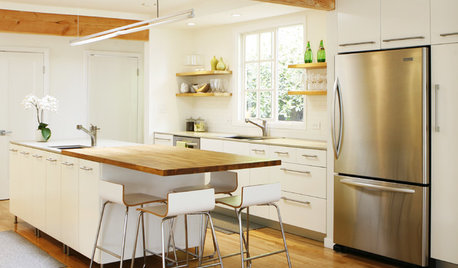
LIFESurprising Ways to Pare Down at Home
All those household items you take for granted? You might not need them after all. These lists can help you decide
Full Story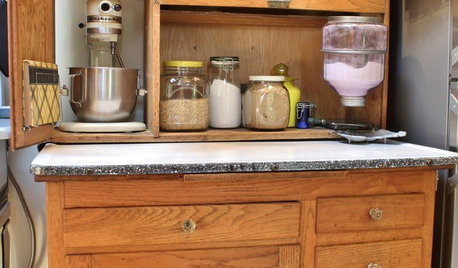
ANTIQUESMust-Know Furniture: The Hoosier Cabinet
This freestanding cabinet handled all the kitchen bustle in the early 20th century, earning it the motto ‘Hoosier saves steps’
Full Story
BEDROOMSGuessing Game: What Might Our Bedrooms Say About Us?
For entertainment only; actual accuracy may vary. Always don fun goggles and engage your imagination before playing!
Full Story
THE HARDWORKING HOME12 Smart Designs for Small-Space Living
The Hardworking Home: Furnish your compact rooms more efficiently with these creative built-ins and adjustable pieces
Full Story





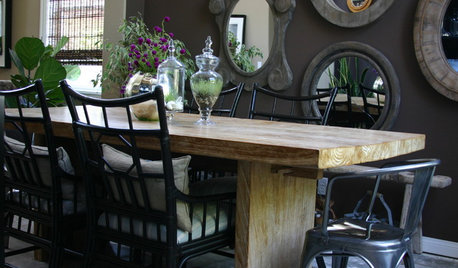
myfamilysfarm
defrost49
Related Professionals
West Milford Landscape Architects & Landscape Designers · Garden City Landscape Architects & Landscape Designers · Wakefield Landscape Contractors · Burlington Landscape Contractors · Crystal Landscape Contractors · Fort Atkinson Landscape Contractors · Lake Saint Louis Landscape Contractors · Munster Landscape Contractors · Vashon Landscape Contractors · Wanaque Landscape Contractors · Ahwatukee Roofing & Gutters · Cincinnati Driveway Installation & Maintenance · Easton Driveway Installation & Maintenance · Gurnee Driveway Installation & Maintenance · Pawtucket Driveway Installation & Maintenancemyfamilysfarm
elisa_z5
2ajsmamaOriginal Author
elisa_z5
myfamilysfarm
2ajsmamaOriginal Author
elisa_z5
digdirt2
myfamilysfarm
elisa_z5
digdirt2
elisa_z5
morz8 - Washington Coast
elisa_z5
myfamilysfarm
elisa_z5
digdirt2
myfamilysfarm
thatcompostguy
myfamilysfarm
seysonn
myfamilysfarm
digdirt2
seysonn
2ajsmamaOriginal Author
2ajsmamaOriginal Author
elisa_z5